Calathea is a genus of tropical plants native to the Americas. They are known for their beautiful, colorful foliage, and are often grown as houseplants. Calathea plants are part of the Marantaceae family and are related to other popular houseplants such as prayer plants and arrowheads.
Calathea plants have large, decorative leaves with intricate patterns of stripes and spots. They are typically grown for their foliage rather than their flowers, which are small and not particularly showy. Calathea plants are popular because they are relatively easy to care for and can tolerate low light conditions, making them a great choice for indoor gardening.
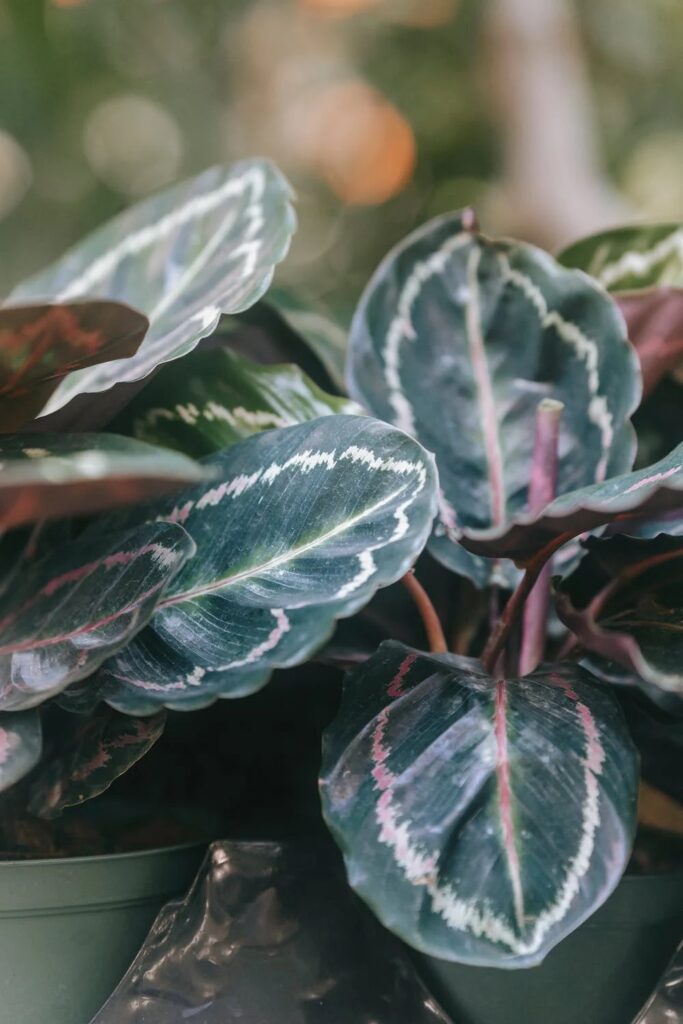
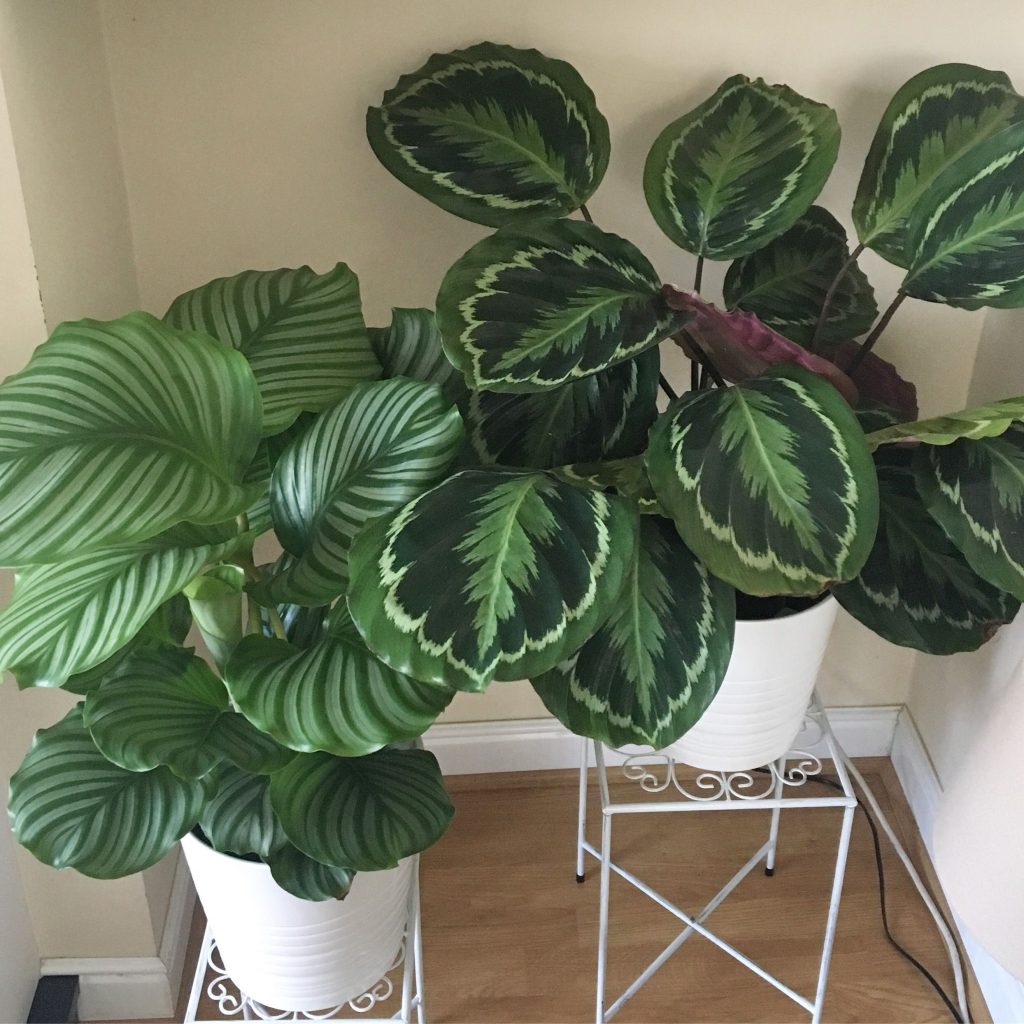
Table of Contents
Calathea as indoor plants
There are several types of Calathea that are suitable for indoor growing and make great indoor plants or indoor garden plants. Some of the most popular Calathea varieties for indoor growing include:
- Calathea ornata – This plant is known for its striking foliage with pink stripes on a dark green background. It grows to a moderate size and is fairly easy to care for.
- Calathea medallion – This plant has beautiful round leaves with a striking silver pattern in the center. It grows well in medium to low light conditions and is a great choice for an indoor garden.
- Calathea lancifolia (also known as Rattlesnake Plant) – This plant has long, narrow leaves with a striking pattern of dark green and light green stripes. It’s a great choice for indoor gardening due to its unique foliage and easy-care requirements.
- Calathea roseopicta (also known as Rose Painted Calathea) – This plant has beautiful pink and white striped leaves with a prominent midrib. It’s a great choice for indoor gardening due to its unique foliage and ability to thrive in low light conditions.
- Calathea makoyana (also known as Peacock Plant) – This plant has oval-shaped leaves with a green background and a pattern of silver-blue markings. It’s a great choice for an indoor garden due to its beautiful foliage and moderate size.
These are just a few examples of Calathea plants that make great indoor plants or indoor garden plants. When choosing a Calathea for indoor growing, it’s important to consider factors such as lighting, humidity, and temperature requirements, as well as the size and growth habits of the plant.
How do I maintain a Calathea?
Calathea plants are relatively easy to care for, but they do have specific requirements to keep them healthy and looking their best. Here are some tips for maintaining a Calathea:
- Watering: Calathea plants prefer consistently moist but well-draining soil. Water when the top inch of soil feels dry to the touch. Avoid letting the soil dry out completely or allowing the plant to sit in water.
- Lighting: Calathea plants prefer bright, indirect light but can tolerate lower light conditions. Avoid direct sunlight, as it can scorch the leaves.
- Humidity: Calathea plants prefer high humidity levels, so it’s a good idea to place them near a humidifier or in a bathroom with high humidity. You can also mist the leaves regularly to increase humidity levels.
- Temperature: Calathea plants prefer temperatures between 60-75°F (15-24°C). Avoid exposing the plant to temperatures below 55°F (13°C) or drafts.
- Fertilising: Calathea plants benefit from regular fertilisation during the growing season (spring and summer). Use a balanced, water-soluble fertiliser every 4-6 weeks.
- Pruning: Remove any yellow or brown leaves to promote healthy growth. You can also pinch back the tips of the plant to encourage bushier growth.
- Repotting: Calathea plants should be repotted every 1-2 years, or when the roots outgrow the pot. Use a well-draining soil mix and a pot with drainage holes.
By following these tips, you can maintain a healthy and vibrant Calathea plant in your home or indoor garden.
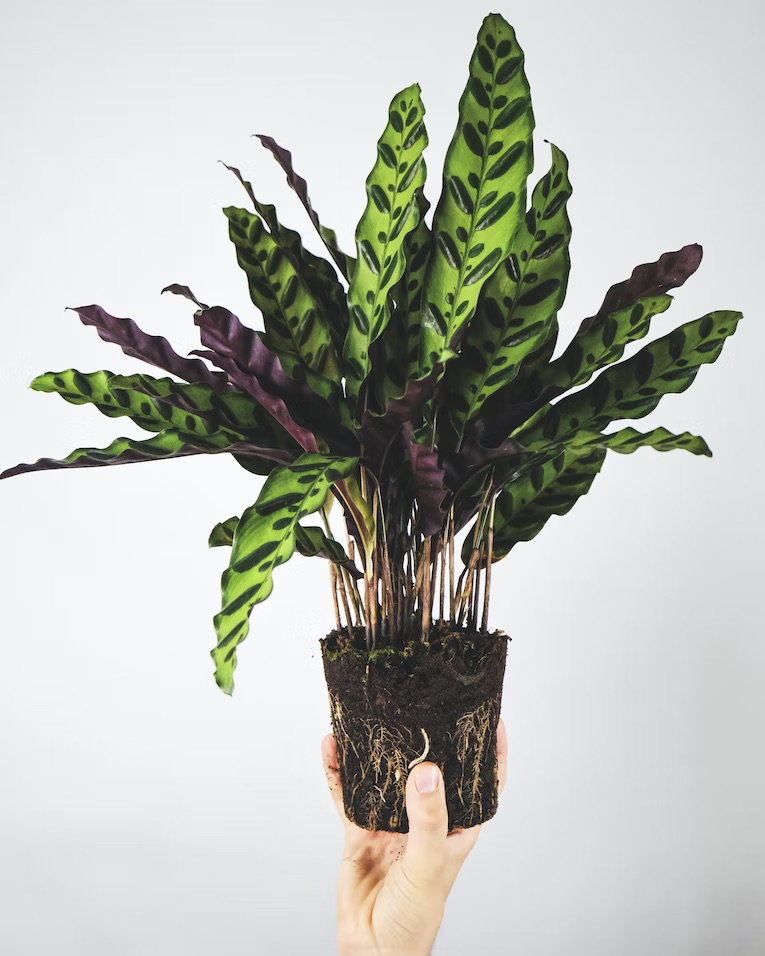
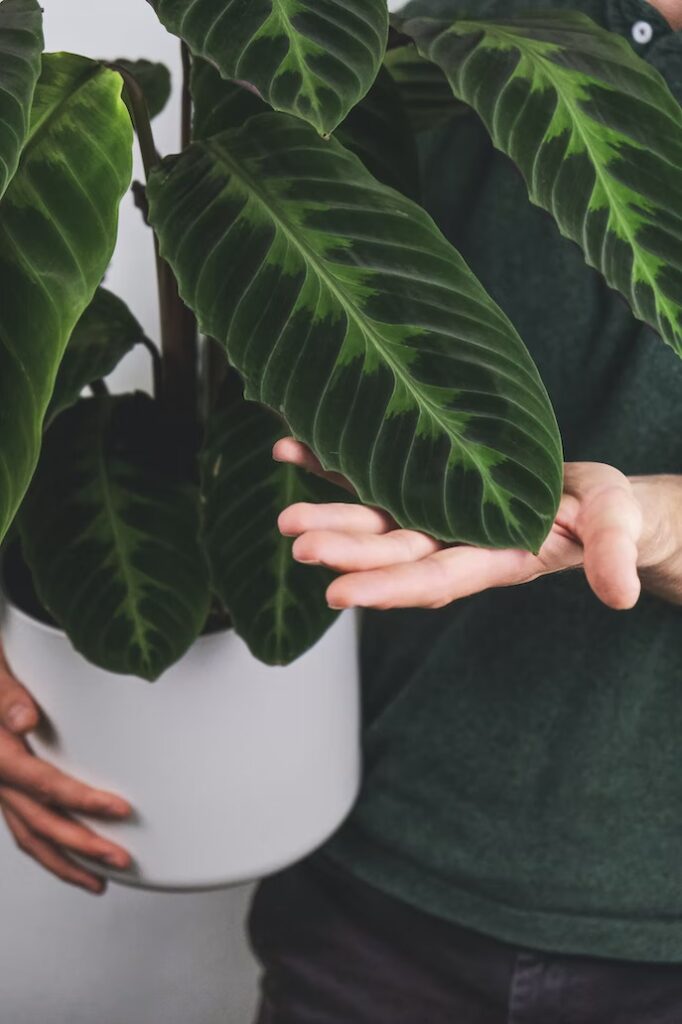
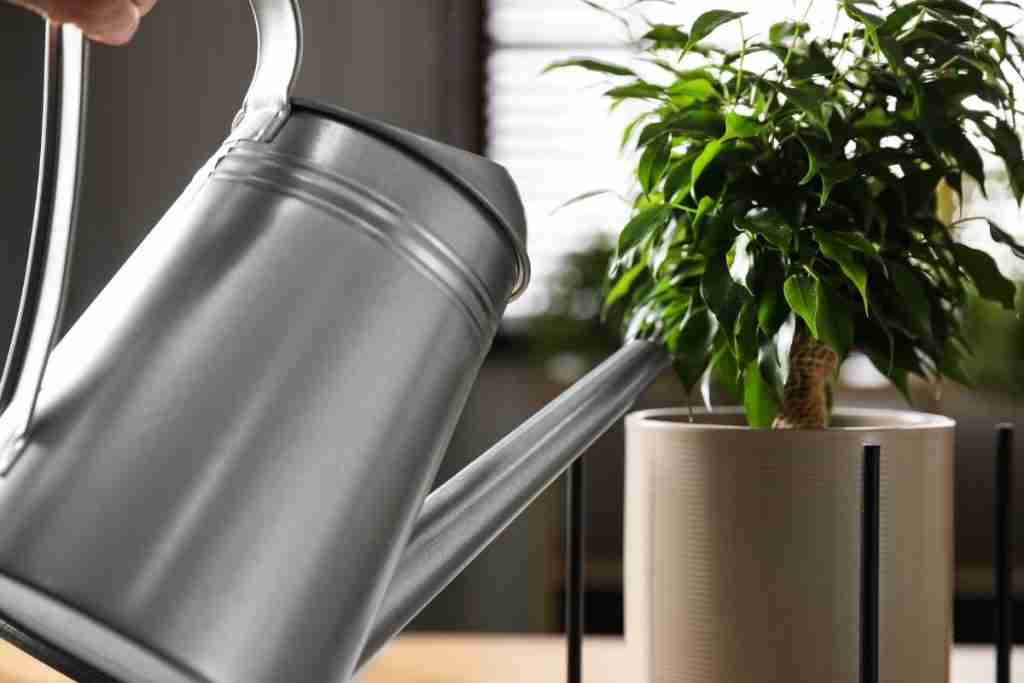
How often do I water Calatheas?
Calatheas prefer consistently moist soil, but it’s important not to overwater them. The frequency of watering will depend on various factors such as the size of the plant, the potting soil, the temperature, humidity and the amount of light it receives. Here are some general guidelines for watering Calatheas:
- Watering frequency: Water your Calathea when the top inch of soil feels dry to the touch. This usually means watering once a week or so, but it can vary depending on the factors mentioned above.
- Watering amount: Water your Calathea thoroughly, but avoid letting the pot sit in water. Ensure that the soil is well-draining and there are drainage holes in the pot.
- Water quality: Use filtered or distilled water for your Calathea to avoid mineral buildup in the soil. Chlorine and fluoride found in tap water can damage the foliage.
- Humidity: Calatheas prefer high humidity levels, so it’s important to ensure that they receive adequate moisture. You can mist the leaves regularly or place a tray of water near the plant to increase humidity levels.
Remember, it’s always better to underwater than overwater your Calathea. Overwatering can lead to root rot and other issues, which can be difficult to reverse. By following these guidelines, you can help ensure that your Calathea stays healthy and vibrant.
How often do I prune Calathea plants?
Pruning Calathea plants is not always necessary, but it can help keep the plant looking its best and encourage new growth. Here are some tips for pruning Calathea plants:
- Remove dead or yellowing leaves: As the leaves of the Calathea plant age, they may turn yellow or brown. These leaves can be removed at any time to keep the plant looking neat and tidy. Be sure to use clean, sharp scissors or pruning shears to avoid damaging the plant.
- Pinch back the tips: Pinching back the tips of the Calathea plant can encourage bushier growth and prevent the plant from becoming too leggy. Pinch back the tips of the stem just above a node where new growth will emerge.
- Remove damaged or diseased growth: If you notice any leaves or stems that are damaged or diseased, be sure to remove them immediately to prevent the spread of disease or pests.Prune in the spring: The best time to prune a Calathea plant is in the spring, just before the growing season begins. This will allow the plant to put its energy into new growth and produce a fuller, healthier plant.
Remember to always use clean, sharp tools when pruning your Calathea plant, and avoid removing too much growth at once. By following these tips, you can help keep your Calathea plant looking its best and encourage healthy growth.
How do I know when a Calathea requires repotting?
Calathea plants generally require repotting every 1-2 years, or when they outgrow their current pot. Here are some signs that your Calathea may need repotting:
- Roots growing out of the drainage holes: If you see roots growing out of the drainage holes at the bottom of the pot, it’s a sign that the plant has outgrown its current container.
- Soil drying out quickly: If you find that you need to water your Calathea more frequently than usual, it could be a sign that the plant has outgrown its current pot and needs more room to grow.
- Slow growth or stunted plant: If your Calathea seems to be growing more slowly than usual, or the leaves are smaller than normal, it could be a sign that the plant is root-bound and needs more space to grow.
- Difficulty watering: If water is running off the top of the soil and not being absorbed, it could be a sign that the plant has outgrown its pot and needs more space for its roots to grow.
If you notice any of these signs, it’s a good idea to check the roots of the plant. Gently remove the plant from its pot and inspect the roots. If the roots are tightly packed and circling around the bottom of the pot, it’s time to repot. Choose a pot that is one size larger than the current pot and use fresh potting soil. Be sure to water the plant thoroughly after repotting to help it settle into its new home.
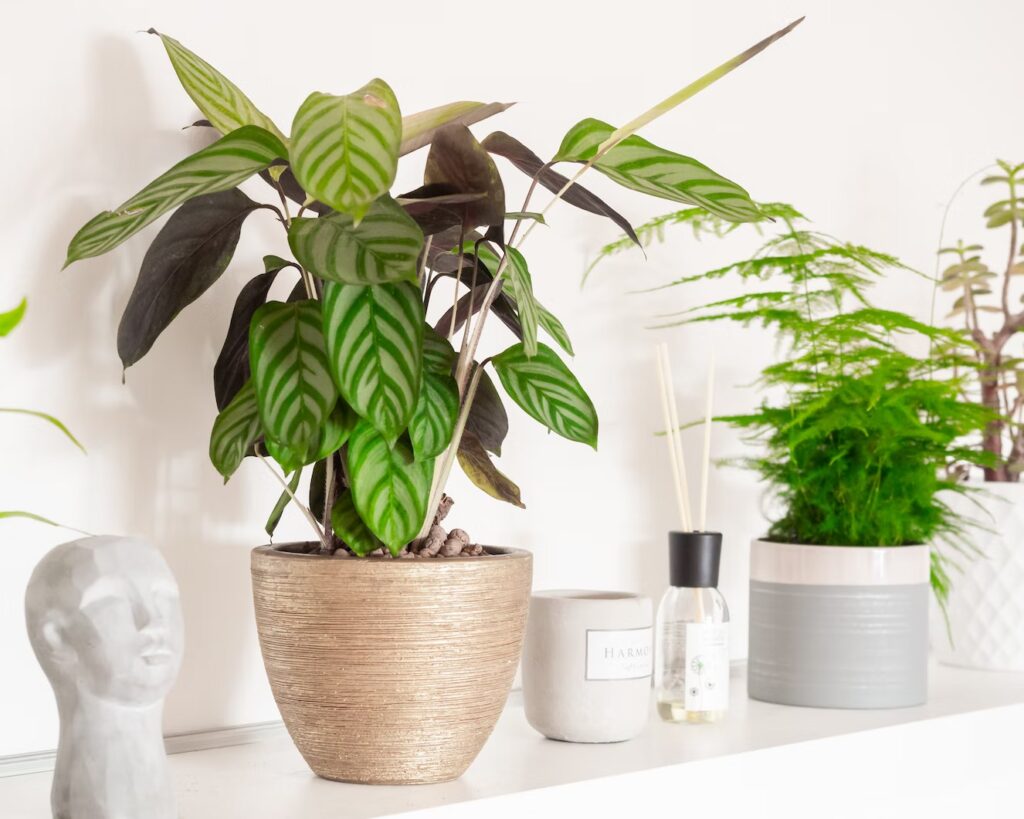
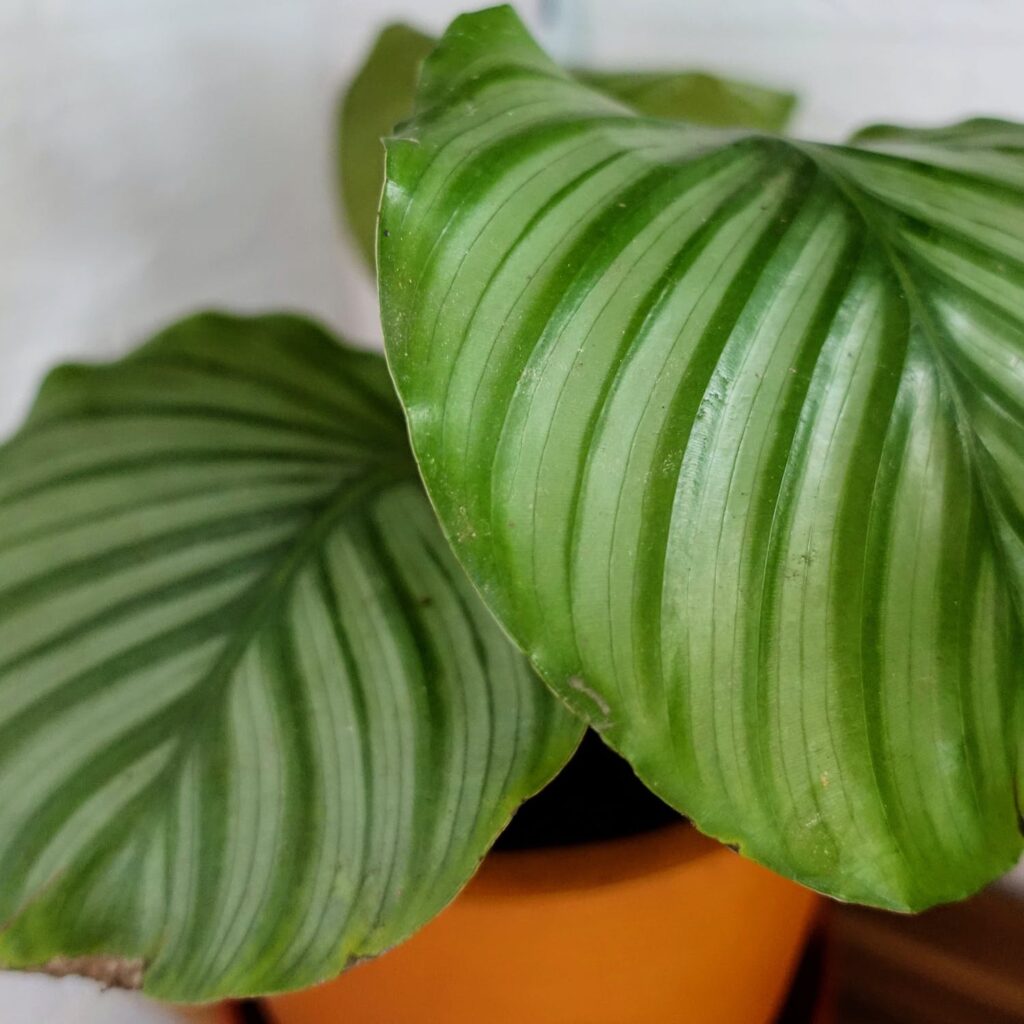
Pest control for a Calathea
Calatheas are susceptible to a few common pests, including spider mites, mealybugs, and scale insects. Here are some tips for controlling pests on your Calathea plant:
- Inspect your plant regularly: Regularly inspect your Calathea for any signs of pests, such as webs, white fluff, or sticky residue on the leaves. Catching an infestation early can make it easier to control.
- Isolate infected plants: If you notice signs of pests on your Calathea, isolate the plant to prevent the infestation from spreading to other plants in your home.
- Wash the leaves: Wipe the leaves of your Calathea regularly with a damp cloth to remove dust and discourage pests from settling on the leaves.
- Use insecticidal soap: You can use insecticidal soap to control pests on your Calathea. Be sure to follow the instructions on the label carefully, and test a small area of the plant before treating the entire plant.
- Use neem oil: Neem oil is a natural insecticide that can be effective against a variety of pests, including spider mites, mealybugs, and scale insects. Mix a few drops of neem oil with water and spray the solution on the affected areas of the plant.
Remember, prevention is the best approach to pest control. Keeping your Calathea plant healthy and well-cared for can help prevent pest infestations. Keep the plant in a bright, humid location, and avoid overwatering or allowing the soil to dry out completely.
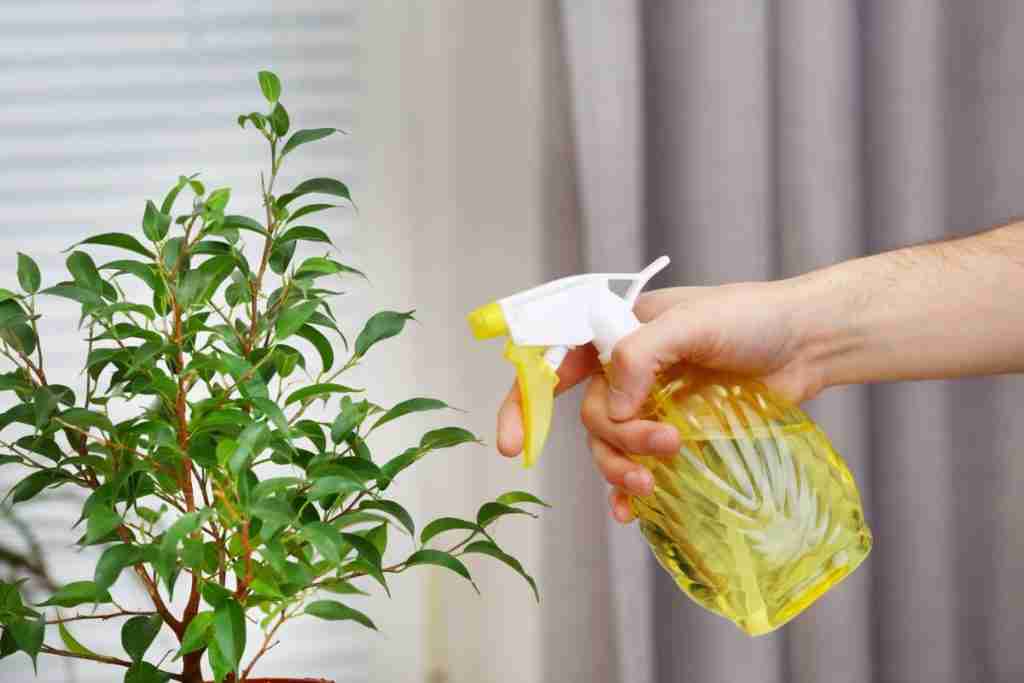


Conclusion
Calatheas are a popular choice for indoor plants, known for their stunning foliage and unique patterns. To care for your Calathea, it’s important to keep the soil moist but not waterlogged, and provide the plant with bright, indirect light. Humidity is also important for Calatheas, so consider using a humidifier or placing a tray of water near the plant. Regular pruning and repotting can also help keep your Calathea healthy and looking its best. If you notice any signs of pests, take action quickly to prevent the infestation from spreading. With the right care, your Calathea can be a beautiful addition to your home or office.
